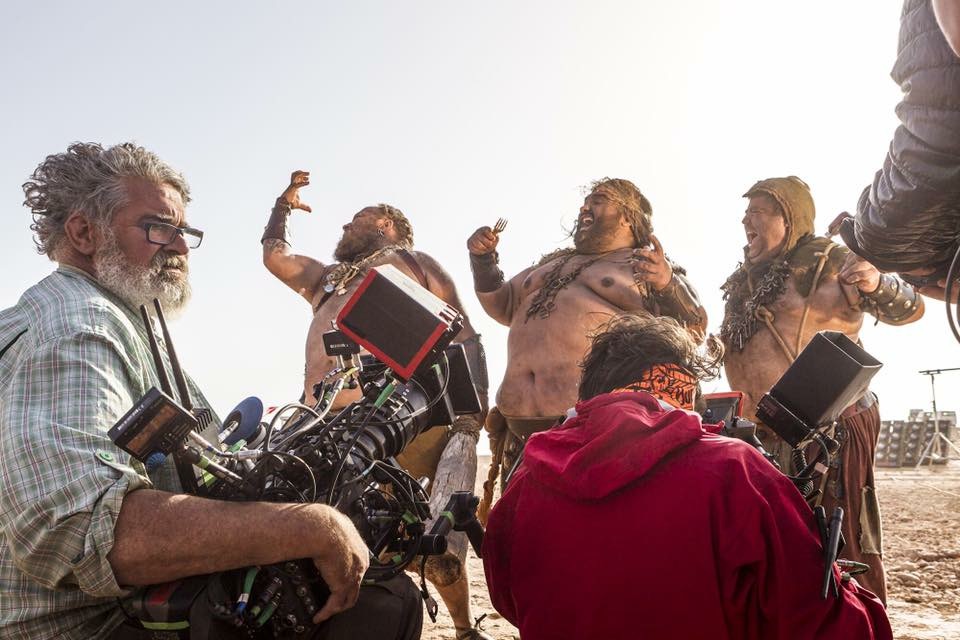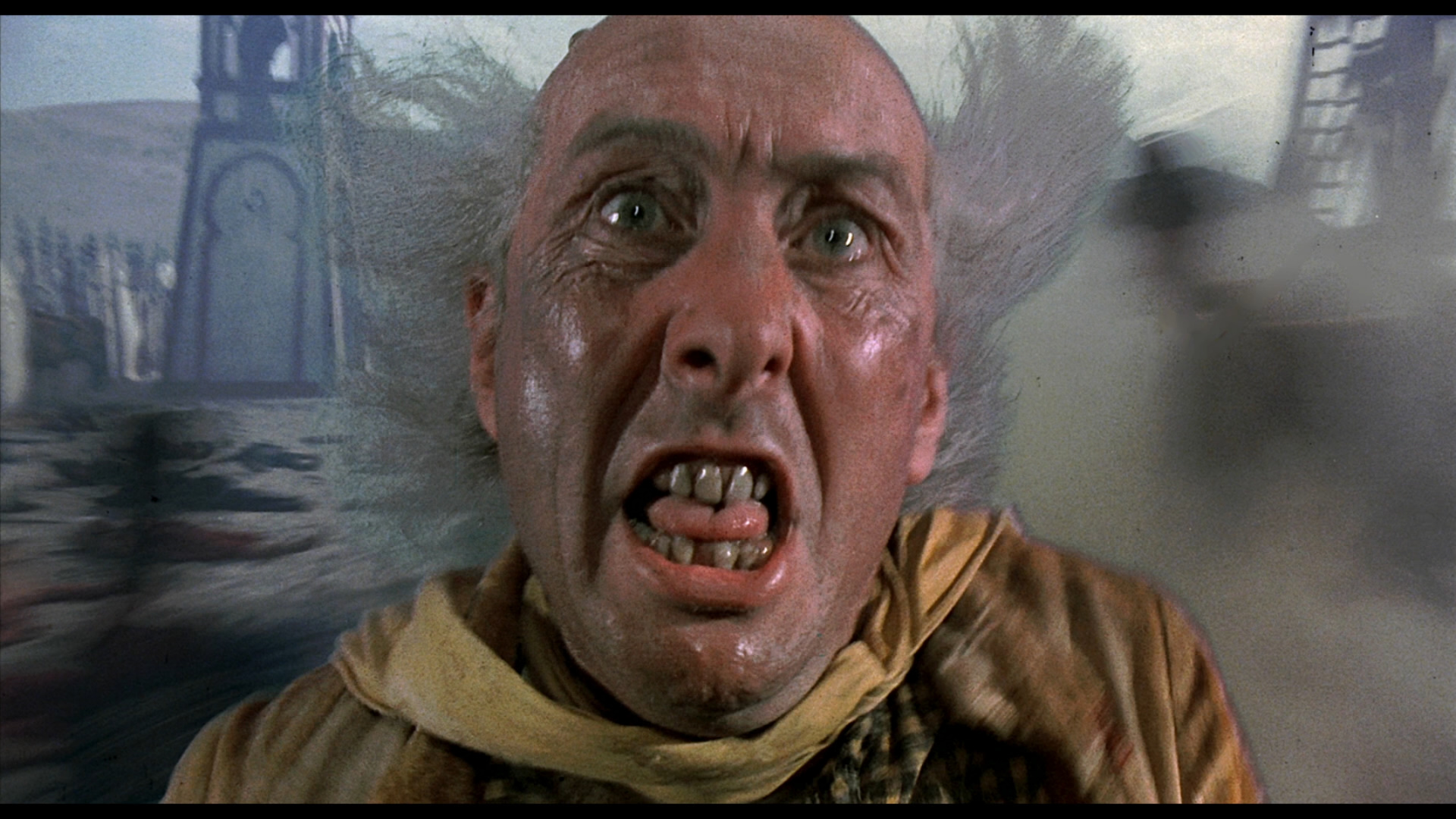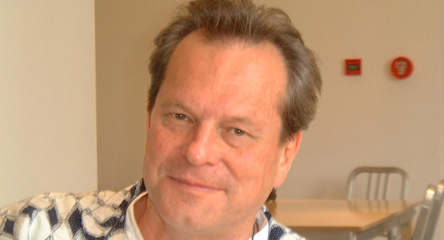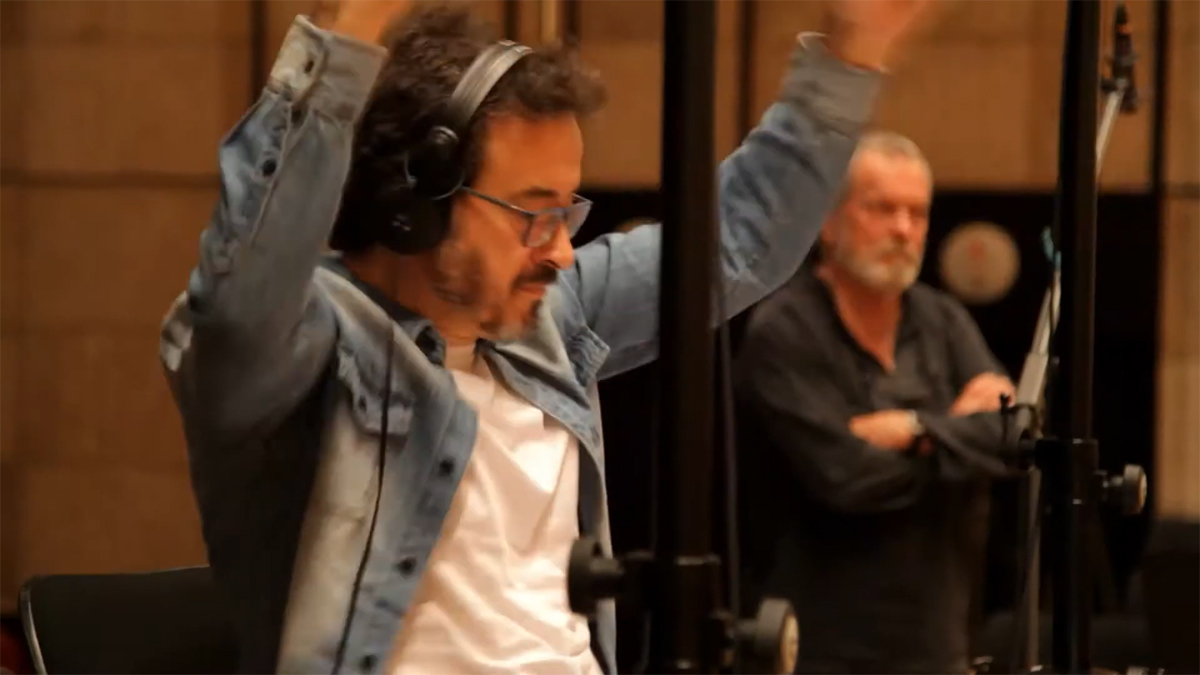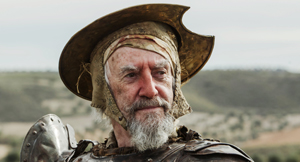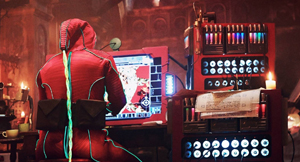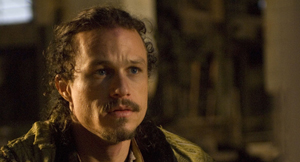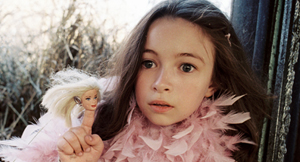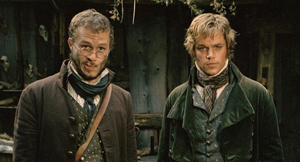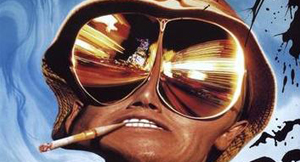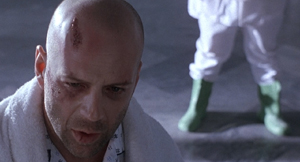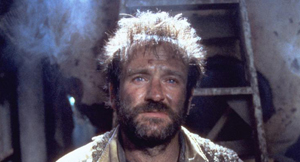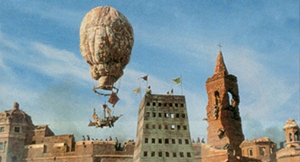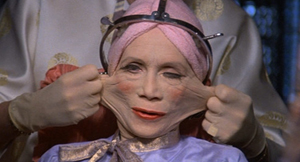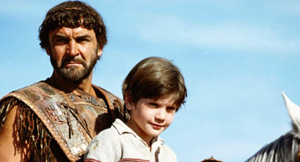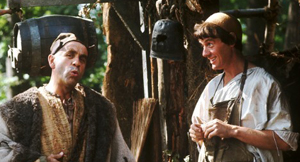JUNE 2017: Cinematographer Nicola Pecorini spoke to Dreams about his work on The Man Who Killed Don Quixote. At the time, the shoot was complete, and the film was in postproduction, with Pecorini’s work nearly done.
Pecorini first worked with director Terry Gilliam on 1998’s Fear and Loathing in Las Vegas. He also was cinematographer on the first attempt to make The Man Who Killed Don Quixote in 2000. Pecorini loyally stayed with the project until it finally went back into production in 2017.
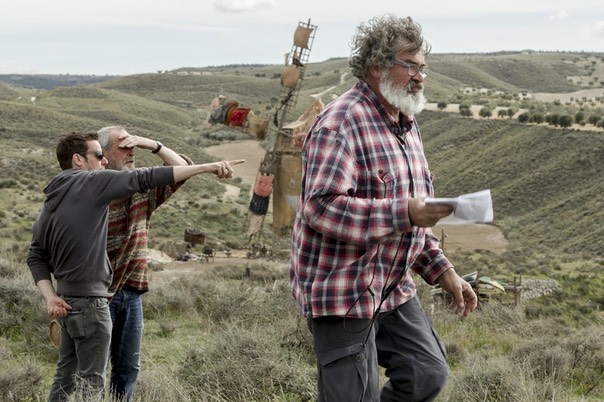
Philip Stubbs: What is the appeal of the script?
Nicola Pecorini: It’s very hard for me to say because I’ve known that script from the very first version. The latest appeal was the way Terry and Tony – and everybody else involved – adapted it to the present day. For me the script was a given – that was the thing. Yet the updating of it, the constant relating to modern realities. The script has changed a lot.
What are the themes within the script that resonate with you most strongly?
The spoofing of all dogmas – the spoofing of religions, money, and all that stuff. That appealed to me a lot. That’s the essence of Quixote. The book itself is a eulogy to being crazy, being crazy in a creative way; crazy in a heroic way. Being crazy to be out of the ordinary. So I think that my approach to it: we were being crazy. That’s it. It was very much living the Quixote life, in the sense of fighting windmills. We’ve been fighting for 17 years. You know, they were big fucking giants!
What were the greatest creative problems that you had to overcome during preproduction?
To make a $40m movie with about $16m. It was a constant challenge. Having a tight schedule, and having to rely completely on Spanish crews. In my case it ended up really well. I was lucky. My gaffer was genius, my electric crew were great. Grips the same, and the camera crew were brilliant. But I can’t say the same of other departments. Therefore as you well know, any chain is as strong as its weakest link. At times we were very weak. In terms of creative challenges, it was to be able to put on screen with the tools we had in the time we had – Terry’s vision, so called. That is, as you well know, is not the simplest! It’s always very rich and always very specific.
We were to go a bit beyond technical creativity, every time having to think out how to shoot 360 degrees – sometimes it’s exhausting. Especially when you are on locations where you can’t do much – like Tomar, and other historical places where you can’t even touch the stuff. You are limited in what you can do, therefore you have to be very creative.
Had you worked out every shot in advance with Terry?
No. We did as we always do – we sit down go through the script. I pound him with questions. It’s the old system, nothing new. Why are we doing this scene? What do we want to say with this scene? What’s important in this scene? She has to be stunning? OK she has to be stunning. I know that Angelica in this one really has to blow you away. So you keep that in mind.
The only shots we planned in advance were the ones where we were applying visual effects. Because the visual effects we did are mostly composite things. So in order to be able to do what you want to do, you must have specific references. And sizes and distances. And therefore the more locked in they are, the better it is. But you know with Terry nothing is ever locked in!
You should have been in Fuerteventura. It was genius. We were shooting scene 25, when Toby and the Gypsy get freed from the police car by Quixote. We are in the middle of nowhere on this road – literally in the middle of nowhere. You couldn’t see a house, and that’s why we were there as a matter of fact. So we decide to have a big establishing shot when they arrive, and also shoot a master shot from up there. The night before, we decided to come here and we looked southwest where the car comes and there’s Quixote, OK. So we decided to move everything – tents and base camp. The next morning we arrived, everybody parked here behind us, ready to go, Terry comes to look at it and says naaah, I want to shoot over there – where we had moved everything from!
Did he have a good reason for doing it?
Eventually, yes because the light looking that way in the morning was better than looking the other way. But at the same time it was an executive decision by him made the night before. At the beginning I thought he was joking, but I immediately understood that he wasn’t joking so I said why the fuck should you point the camera that way? Let’s turn it around. Panic, it was total panic. And in 20 minutes we’d flipped the shot around. But that is Captain Chaos.
While you were shooting, can you describe your working relationship with Terry?
I dunno, it’s very hard for me to describe it. We just churn away, we talked about it, so many times and we always think the same anyway, sometimes we don’t even bother asking each other what you think of it. We know we think the same thing.
How do you deal with disagreement?
We just work it out, we eventually shout to each other. I make my point, he makes his point. In the end, in maybe 80% of the time, something different comes up, and it’s a very constructive thing. The other 20% of the time, he’s right – period. But then in the end he says fuck we should shoot it the way you said. I can’t win, man.
This is Terry’s first feature film to be shot digitally.
Indeed.
How did you come to that decision?
The decision was simple, in the sense there was no decision. Up to the Paulo Branco handling, it had to be film. Everything was budgeted for film. Also, because film is cheaper. The problem is that in Spain, there are no labs left. I thought it was a bit of a weak point, that is negative clearance. In other words given the fact that a. there are no labs in Spain nor Portugal; and b. the labs that are available: France, Belgium, England, Italy, Switzerland don’t do overnight nor weekend, because of the volume of work they have.
Each day you are shooting location on a Friday, that’s the last day you shoot in the location you probably won’t know if everything is alright before Tuesday night. So that was the main reason that they came up with that I couldn’t really argue with that. Not without being very cocky and saying don’t worry you don’t have to wait for neg clearance.
But that was the main reason. That’s why at the end, we shot digital but at the same time, to keep something more cinematic, I insisted… this was an argument I had with Terry. He didn’t want it at the beginning and I’m not even sure if he is convinced now, to go anamorphic. And we shot it with very nice anamorphic lenses from Technovision, and I think they did the job.
Did shooting digitally cause problem in limited lighting?
No – the problems were others. The problem in shooting digital is that you have to even out everything. Every time there is a fire, and we had huge fires. To avoid having the fires going completely white and digital you have to put more light than you would with film. The latitude is minor. The problem is that the cameras are cumbersome, complicated, they suffer power problems because everything is powered – it is like a fucking nuclear plant and a spaghetti factory. The advantage that the digital would have of being small given that you want to be at least good quality you don’t have that advantage any more. So I’d still much rather shoot on film. It’s easier – the camera is more compact. You don’t have cables everywhere. All you need is a bloody battery, will last you 18 mags before you have to change it. On digital, every 15 minutes they change batteries. So if you are really in the field without anything to charge your battery, you’re in deep shit.
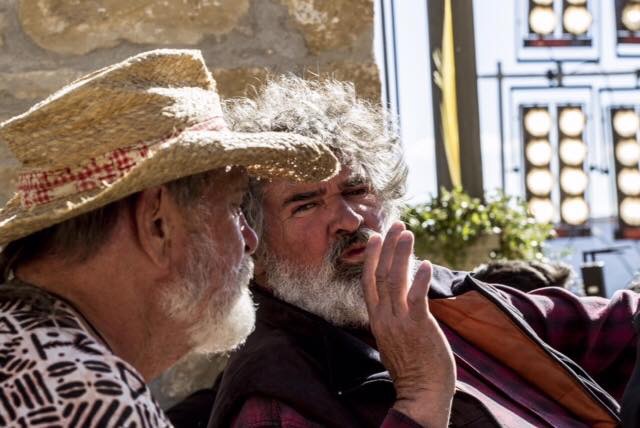
Can you tell me about the lenses and their history?
They are Technovision anamorphic lenses – they were designed by Henryk Chroscicki and Beppe Magni. Chroscicki was an engineer, he’s dead now. Beppe’s dead too. In the mid-70s they were made mainly for Vittorio Storaro’s needs for Apocalypse Now. So they are very old lenses but extremely well done, one of a kind. And very even series, and they did quite a lot of great movies. Last Emperor was shot with them. I worked with them many, many times, when I was working with Vittorio. And when they took away the film look, I fought with Terry to have at least the anamorphic look. Again, I’m not sure even now he’s convinced about it. I defend my cause, I think we did right. I think the movie gets more even though I think it’s going to be an extremely funny movie. The fact that it is shot in a certain way, it gives you this epic dimension.
I have two worries about the editing. One is how to cram two hours, or we have three hours about now, and cram it in two hours. Is that going to be overwhelming for little brains watching the movie? And therefore it’s only the usual people who go to see the movie. And the other thing is that it’s so fucking funny that because of the laughter that is left over, you miss the next line. That can be a good thing because you’ve got to see it a second time. Because it’s very funny. Jonathan is hilarious; Stellan Skarsgård is sublime. And Adam works. On screen he’s fantastic. On screen I think it’s going to be much funnier than I ever thought it would be.
Funnier than the written word?
Yeah.
How pleased are you with the rushes?
I’m never pleased with rushes. I can be pleased with the general look, but when I look at the rushes I just get pissed. Because there is always something – a little detail, a little thing that could have been better. But everybody says it looks great so I guess it does.
Are there any stories you can tell me about the Spanish locations, such as something that went wrong that was almost a calamity.
Nothing. Absolutely nothing! I’m telling you, Keith and Lou are in deep shit. I don’t know if they have a movie. Everything went so bloody smoothly, it was a joke.
Actually, when we arrived in Gallipienzo, in Navarra, our Los Sueños, an amazing place, on the very first day, this deluge came towards us. It’s Navarra. The clouds approached from Las Bardenas, coming from that direction. It was like a welcome back! I knew that the only real risk we were running was struck by lightning. We were literally on the top of the mountain, a flat mountain, so we couldn’t have been flash-flooded. Lightning was a concern. I stayed away from everything that was metallic!
This black cloud with lightning that actually half a mile away from us struck an electric tower and the whole village went black. We had to shoot at night with all the lights of the village. That’s another story – I have to thank Tatiana the location manager who personally went and re-clicked the fuse in, because the electrical service wasn’t working. Anyway, we were on top of the mountain overlooking the village. And there were these things coming. You have no idea, it was ridiculous. They sent everybody away, and the water opened. Like when you open the faucet of a bath. And then we had the most amazing rainbow. Actually that day I got pissed because I said don’t send people away, just get them shelter – because I could tell the rainbow was coming. Instead they sent everybody away so when the rainbow came, I was the only idiot there.
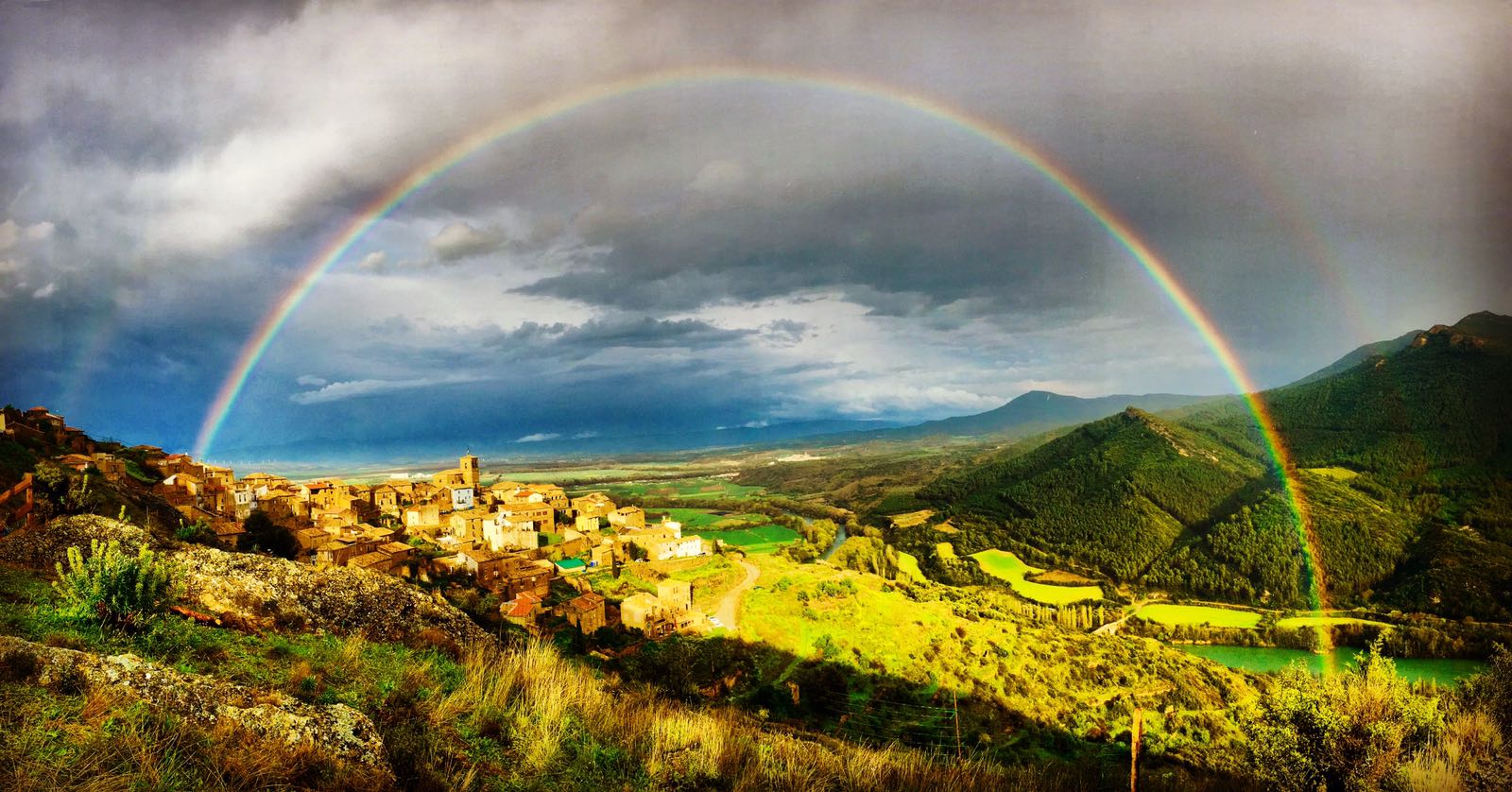
Nothing went wrong. We were terribly lucky with the weather. The day we had to shoot the forest, we were ready, postponed from end of March because it snowed where we had to shoot and then we had to shoot it that day because schedule-wise we had to shoot it that day. I woke up at 5:30 – a tempest was announced. I woke up at 5:30 and there was this terrible sky. And by the time we were ready to shoot, the sun came out and it was like the most beautiful day. It had always been my worry because shooting in that forest, if there was no sun no matter how much light could have pounded it, then it wouldn’t have made any difference. That alone for me was a sign that God is not mad to Terry any more. And he’s not mad to me.
Were there any other moments when you thought the production was threatened?
Not since we started shooting. I thought it practically every day before we started shooting. But that was the plan: just let’s get shooting. Once we start, nobody can stop us. But before… yes, every day I was worried. Listen. Be realistic, how many times did we stall?
Did you enjoy the shoot?
Enjoy is really a big word, man. There were moments I enjoyed it – it was a hard one and it was again always some fuck-up… and more. The only three or four days that we were enjoying without any thing was the last three or four days in Gallipienzo. And I think we did a very good job. Other than that, it was always too much rush, too many misunderstandings, too many not delivering what was supposed to be delivered. Stuff like that.
I normally have free Sundays. But on this one I worked every Sunday so I didn’t even have the time to decompress. Practically every Sunday. So you can’t cool down, which is important.
Filmmaking has become too much like a business. It used to be easier to enjoy a shoot. Now it’s always a bit of a challenge to enjoy a shoot. You really have to force yourself to enjoy, that’s what I mean.
To what extent does Terry resembles Cervantes’s Quixote?
In many aspects. Number one, he’s crazy. He’s completely crazy. Number two when he gets obsessed, he gets obsessed – he’s proven it this time. I think that Terry is literally a thirteen-year-old boy still. I think Quixote was about the same age. So he is Quixote, no matter what, he is Quixote. Unfortunately I feel very much like Sancho. I just follow him… I’m glad I did. But if I think of it, it was completely crazy. I gave up so many jobs in the years in order to try to do this one… I completely fucked up my career.
The last 17 years?
Exactly, every other year it was “Er… I would love to, but I can’t because Quixote is going.”
You are free of that burden now!
Correct, it’s out of the bloody system. The monster is gone.
How does it feel to have said goodbye to Quixote?
Feels good, man. Very relieved. That’s it. No more. No, no. I don’t miss Quixote. Besides I have to spend a few weeks in November to do colour correction so… fortunately it’s not completely out of my system yet!
